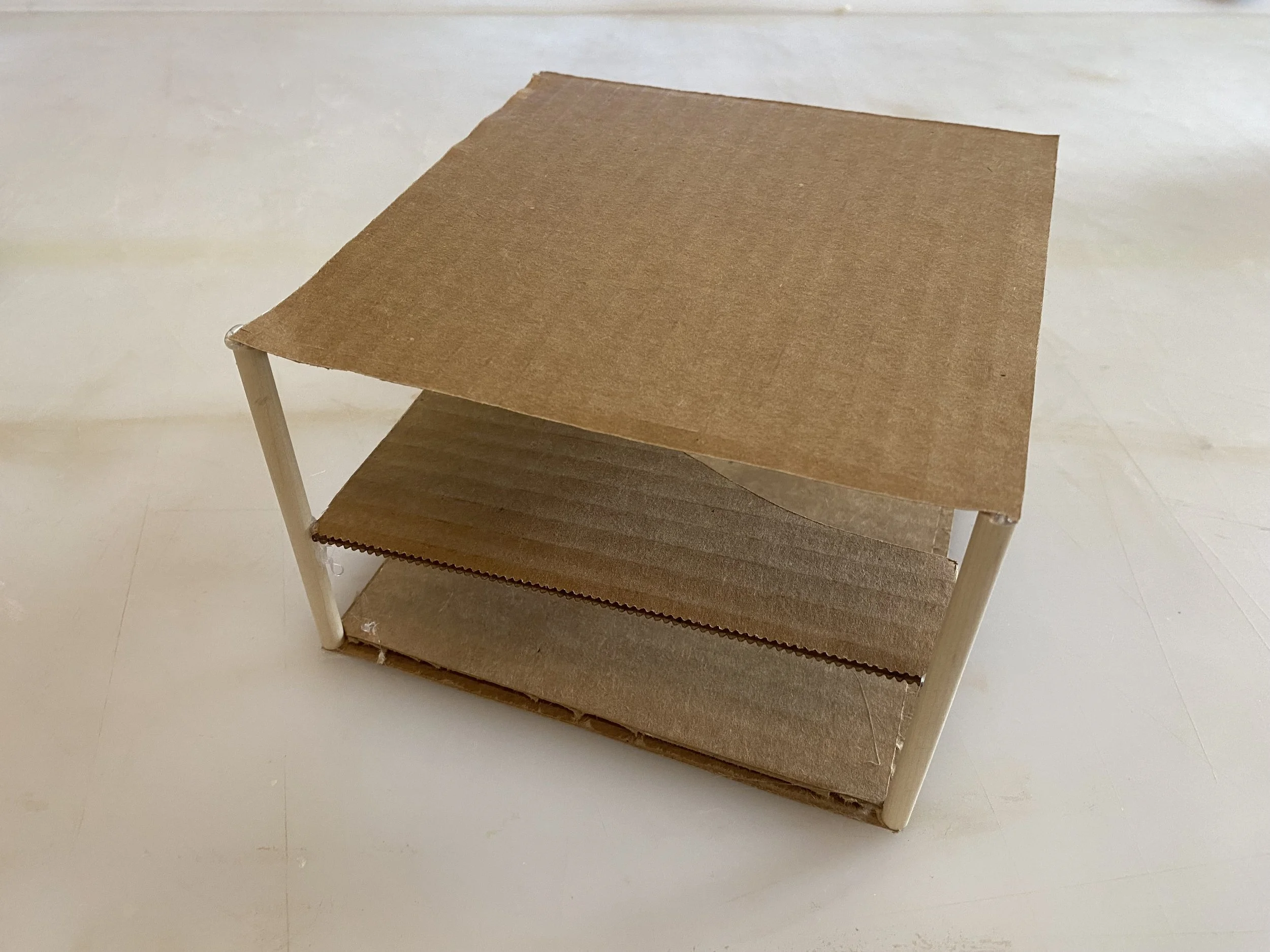Bean bean
Environmentally Friendly Coffee Alternative
INNOVATION & DESIGN
SUSTAINABILITY
ACCESSIBILITY
PROTOTYPING
About
Over 1 billion people around the world drink coffee daily. Coffee has evolved from an energy drink into a lifestyle choice. Coffee pods, like Keurig cups, have infiltrated this market and provide the convenience to supplement the enjoyment. However, as it becomes more adopted, so do the associated waste streams, which then become the unwanted byproduct.
The design goal was to produce an easy access coffee system that reimagines the experience into a more circular system, while maintaining the convenience factor. By doing so, introduce a more sustainable usage of materials into the home and work environment, as well as the caffeine industry.
Bean Bean is a caffeine product service that merges convenience and flavor through a subscription service that bridges together local breweries and sustainability.
Process
RESEARCH:
Initial research began with exploring the current waste issue with Keurig cups and existing solutions. From a study in 2014, over 8 billion K-cups were produced, many of which have ended up in landfills and subsequently, our oceans. This number has risen year by year as the popularity of coffee products have increased. The issue arises from thee construction of these pods. Unless separated, these products will go straight to the landfill. Although the materials, once separated, are recyclable or reusable, most waste processing plants do not have the technology to sort these materials due to the size limitations.
INITIAL IDEATION:
Initial sketches were used to explore alternative packaging or forms that would help alleviate this issue. Initial prototyping using cardboard, paper, and clay mediums to understand size and usability. Furthermore, left over coffee grinds were examined as potential alterative material options.
PROTOTYPING:
With an initial form in mind, 3D manufacturing was used as the prototyping method. Multiple iterations were produced of the pod and it’s housing, with design limitations set by the current Keurig machines. Upon completion, it was clear that the size was too large and there existed too much friction in the design goals and this current iteration. The design was then optimized for size and printed again.
USER TESTING:
Prototypes were tested with existing machines and potential users.
FINAL PROTOTYPES
RENDERINGS

























